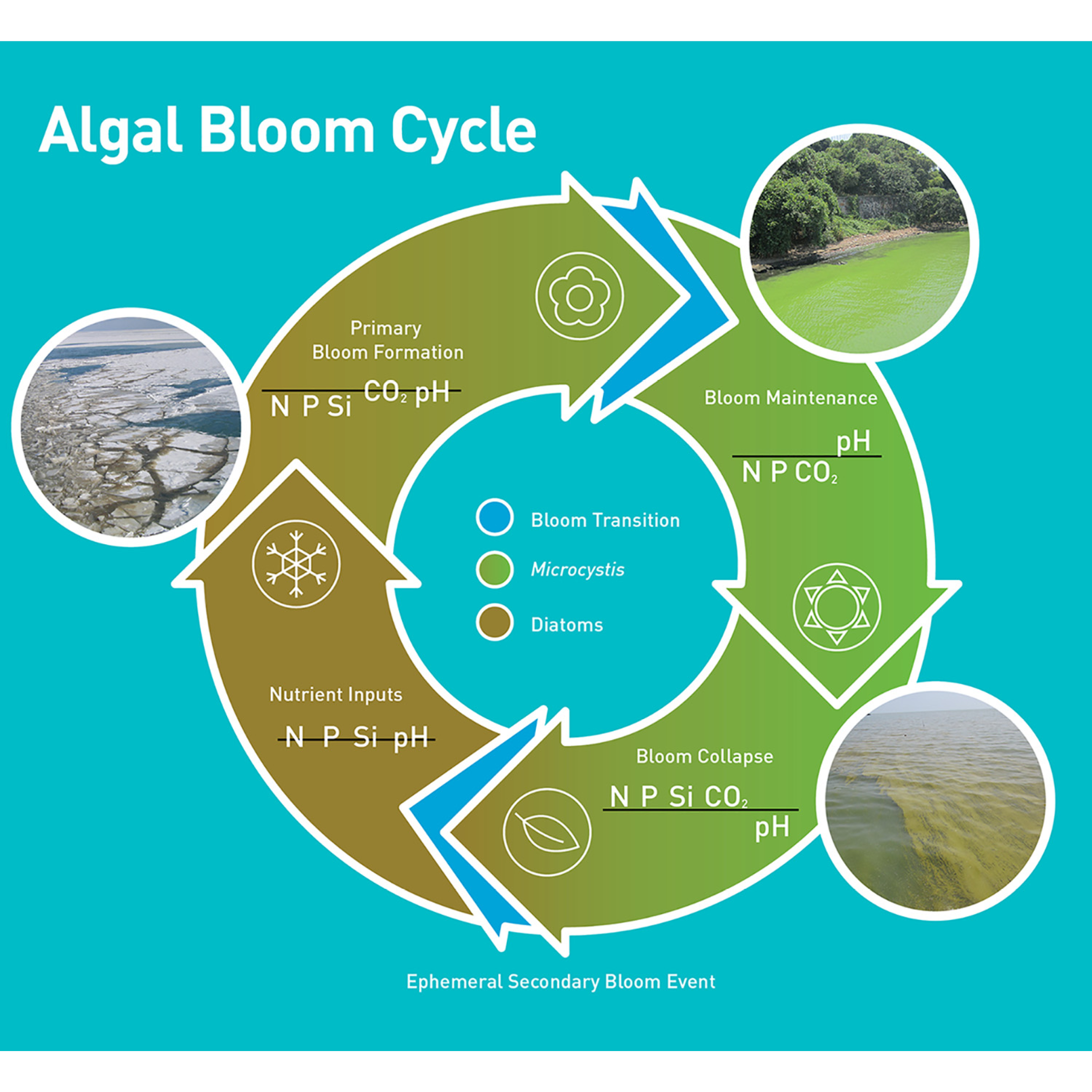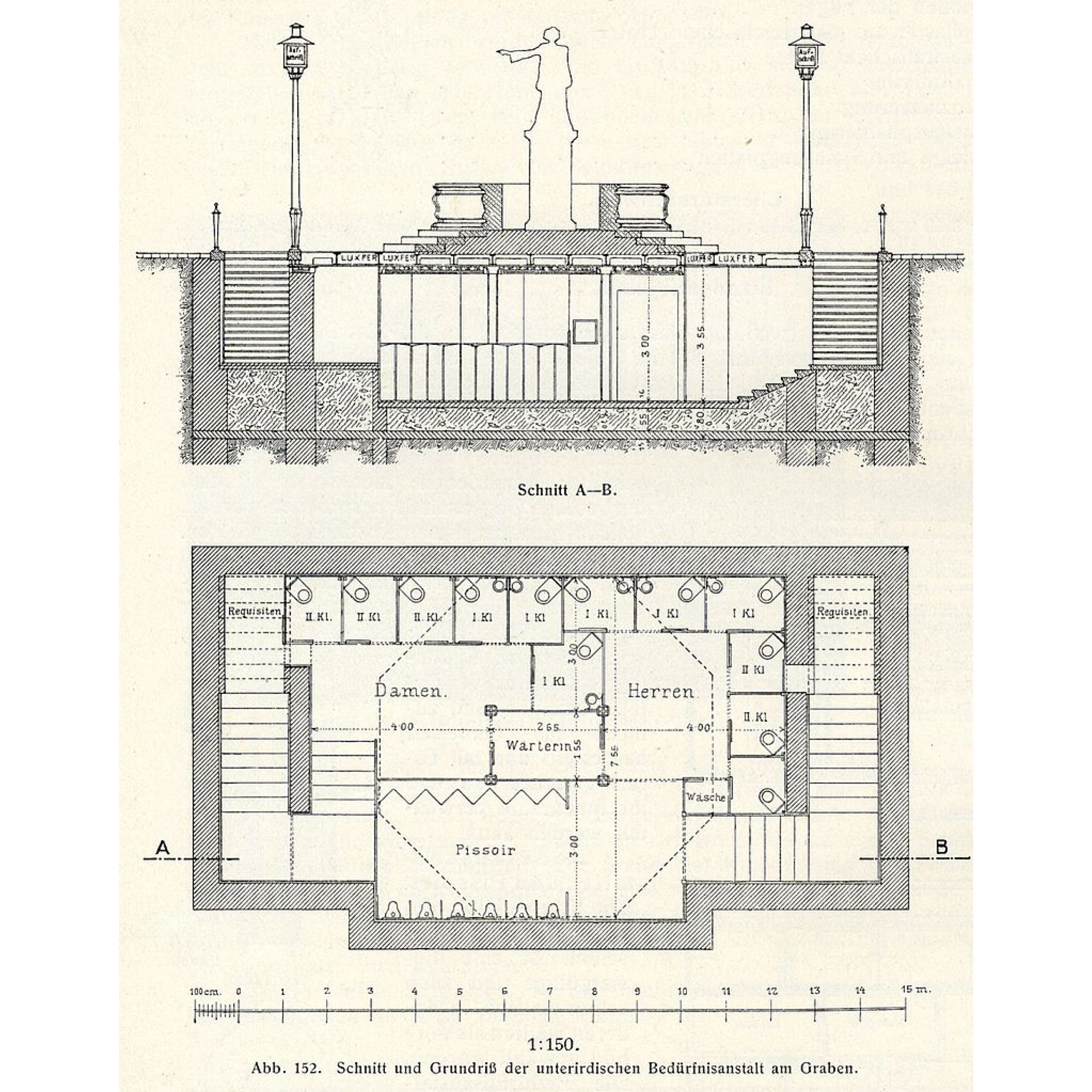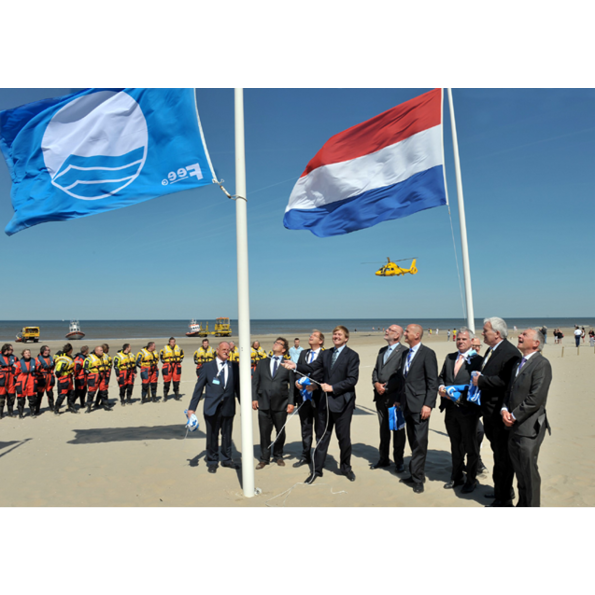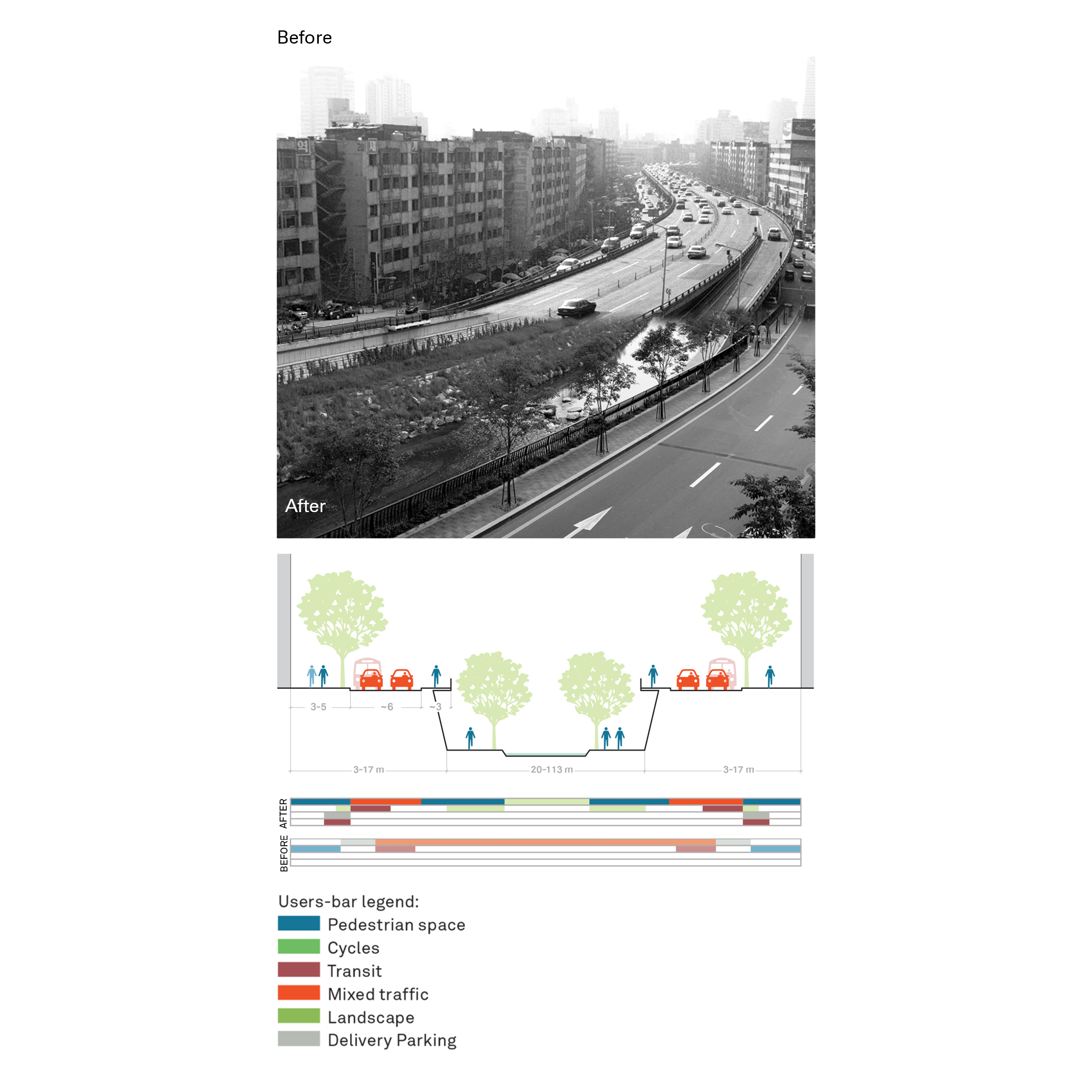
A phenomenon that occurs when due to human activities, a species has access to more nutrients than normal, causing a bloom in population. This leads to an imbalance in the ecosystem that is detrimental to other species.
The Algae Bloom, in particular, is one resulting from cultural eutrophication, where the two main contributors of minerals and nutrients into the water are raw sewage and agriculture. However, any usage including recreational use can contribute to this process and is one that has occurred historically. Eutrophication, most commonly the accumulation of phosphate and nitrate, occurs naturally and any human presence has meant the existence of cultural eutrophication. Say in the medieval era, the effects of this accumulation may have been no less than it is now, but a change did occur in that the effects are no longer localized and the Algae Blooms are being seen at a global scale. This is partially due to densification of population and industrial fertilizer use, however of note is the movement of nutrients in the form of food which also has a water amount attached in terms of production. Beyond the globalizing nature of agriculture, animal husbandry contributes to this process in the form of animal sewage along with any fertilizers used to produce any feed, most of which ends up in the water cycle.
As water tends to end up in the ocean, coastal and delta areas tend to be the most impacted by Algae Blooms, but areas with low water exchange like an Endorheic Basin are also particularly susceptible. Additionally, with the fracturing of the water cycle through dams, sewers, and globalized sources of phosphorus like the Kola Peninsula, the effects and contributions to Algae Blooms can reach far inland. However, cultural eutrophication in itself is a natural part of human existence and phenomenon such as the “Red Tide” are from extreme cases resulting from an incomplete biogeochemical water cycle.
← Back to Lexicon
Seasonal bloom cycle of a cyanobacteria, Microcystis, that is prevalent in freshwater
Sources: Wilhelm, Steven W., George S. Bullerjahn, and R. Michael L. McKay. "The Complicated and Confusing Ecology of Microcystis Blooms." mBio 11.3 (2020): e00529-20. Web. 03 May. 2021.
Sources: Wilhelm, Steven W., George S. Bullerjahn, and R. Michael L. McKay. "The Complicated and Confusing Ecology of Microcystis Blooms." mBio 11.3 (2020): e00529-20. Web. 03 May. 2021.
- Wassmann, Paul. (2005). Cultural eutrophication: perspectives and prospects. Drainage Basin Inputs and Eutrophication: An Integrated Approach.

Vienna was subjected to a growing population by the mid-19th century and required better hygiene and public conveniences with the improved knowledge of diseases. The Vienna City Council founded the Urinal Commission in 1863 to install public toilet facilities throughout the city. Johann Gottlieb Wilhelm Beetz, a German-Austrian building contractor, offered a 25-year contract to the City of Vienna in 1880 to build public toilets modelled on the lavatories of Berlin. There were several protests by the population against building public toilets in the Ringstrasse, resistance by the Schottenstift- a Benedictine monastery, objections from the church authorities which limited the construction in several proposed locations. After several heated discussions and compromises, the proposal got accepted, and the Beetz company built seventy-three facilities in Vienna by 1910, and operated around 200 toilets and urinals till the 1930s.
The first model of toilets, also called Closet-Hauschen, were small wooden houses with cabins for men and women that soon turned out to be lucrative and were described as "practical, quite comfortable and luxuriously furnished". The municipality wanted public toilets to be camouflaged as street furniture, as a result of which, Beetz replaced wood with iron and glass in his design of the public lavatory on the Parkring; fashioning it in a Secessionist style and implementing the form of the waiting halls of the Viennese horse tramway. In 1904, Beetz built the first underground public toilet in Graben based on the architect Franz Krasny's plans in an attempt to make these toilets even more discreet. The underground structure of 14.5 × 7.7 meters with a height of 3 meters is the last existing public Art-Nouveau toilet in Vienna which can be accessed via two staircases with corresponding labels to separate the genders and adorned with two gas lanterns which doubled as ventilation chimneys. Beetz invented the oil siphon in 1883 where the metal urinal in toilets is coated in a special oil containing disinfectant, the 'urinol'. The use of urinol saved water flushing and kept the odours out, creating an early form of the dry urinal for which he received numerous well-deserved honours. In 1903, the City of Vienna decided to switch to these dry urinals to prevent damage in the water flushing systems during winters.
Vienna has always been immersed in art and culture, even in its most banal structures of public toilets built by Wilhelm Beetz listed as monuments, some of which are open for public use even today.
← Back to Lexicon
The first model of toilets, also called Closet-Hauschen, were small wooden houses with cabins for men and women that soon turned out to be lucrative and were described as "practical, quite comfortable and luxuriously furnished". The municipality wanted public toilets to be camouflaged as street furniture, as a result of which, Beetz replaced wood with iron and glass in his design of the public lavatory on the Parkring; fashioning it in a Secessionist style and implementing the form of the waiting halls of the Viennese horse tramway. In 1904, Beetz built the first underground public toilet in Graben based on the architect Franz Krasny's plans in an attempt to make these toilets even more discreet. The underground structure of 14.5 × 7.7 meters with a height of 3 meters is the last existing public Art-Nouveau toilet in Vienna which can be accessed via two staircases with corresponding labels to separate the genders and adorned with two gas lanterns which doubled as ventilation chimneys. Beetz invented the oil siphon in 1883 where the metal urinal in toilets is coated in a special oil containing disinfectant, the 'urinol'. The use of urinol saved water flushing and kept the odours out, creating an early form of the dry urinal for which he received numerous well-deserved honours. In 1903, the City of Vienna decided to switch to these dry urinals to prevent damage in the water flushing systems during winters.
Vienna has always been immersed in art and culture, even in its most banal structures of public toilets built by Wilhelm Beetz listed as monuments, some of which are open for public use even today.
← Back to Lexicon
Drawings of the first underground public toilet in Graben next to the Josefsbrunnen.
Sources: “Öffentliche Bedürfnisanstalt am Graben”, Wikipedia, May 25, 2019, https://de.wikipedia.org/wiki/%C3%96ffentliche_Bed%C3%BCrfnisanstalt_am_Graben
- “Wilhelm Beetz (Bauunternehmer)”, Wikipedia, May 23, 2019, https://de.wikipedia.org/wiki/Wilhelm_Beetz_(Bauunternehmer)
- “Vienna at Your Convenience: A History of Public Toilets: Archives: The Vienna Review”, Archives | The Vienna Review, accessed May 03, 2021, https://www.theviennareview.at/archives/2012/vienna-at-your-convenience-a-history-of-public-toilets-2
-
“Toilets of Vienna: A Flush of Relief”, Metropole, November 20, 2019, https://metropole.at/toilets-of-vienna-a-flush-of-relief/
Blue Flag Award
![]()

“If you can't measure it, you can't improve it.” This was said by the theorist of business and management Peter Drucker. If the quality or quantity of something is not worth measuring and recording,what is the chance that it will be improved or cared about? Reflecting this statement, many campaigns now focus on measuring and recording values they care about. By simply measuring pollution, the number of cyclists or the variety of species on a peice of land, the case is made for why they are important and why the situation should be improved.
In parenting the sticker chart is a common tool for encouraging good behaviour in children. Mirco-rewards may cost little to give, but the result of giving them is valuable and reinforces positive behaviour. This technique of positive reinforcement does not just work on children.
The Blue Flag award is given to beaches and marinas that meet an extensive set of criteria related to quality, safety, environmental education, the provision of services and environmental management; for beaches there are almost 30 different criteria. Locations award it are widely recognised as being of excellent quality, and the award is well known by the public. The award was started in 1987 by the NGO, the Foundation for Environmental Education in Europe (FEEE). Due to global interest, in 2001 the foundation dropped its association to only Europe and became FEE. The foundation is funded by its membership of state governments. In 2015, 4,154 blue flags were flying at beaches, marinas and tourism businesses. The top five nations with blue flags were Spain, Turkey, Greece, France and Italy, all countries with valuable beach tourism industries. Whilst the award can be seen as a micro-reward like the child’s sticker chart, as it has no financial prize attached to it, it is a valuable tool in branding resorts and encouraging tourism and is thereby sought after.
Whilst many understand the blue flag to be a mark of quality and high environmental standards, few would know the extensiveness of the criteria. This may not be a bad thing, if the criteria are robustly written it can lead to wide benefits beyond those assumed by visitors. However if a lack of a blue flag is then taken to be a sign of poor quality this could be problematic. A beautiful, remote beach may have the highest environmental standards and excellent conditions, but due to a lack of other infrastructure such as a beach map, disabled toilet facilities or easy access, the beach would not qualify for the award. It may even be that some locations would qualify, but the administration simply has not happened. If these locations’ lack of blue flags was taken as a negative judgement of them, this would paint a false picture.
← Back to Lexicon
King Willem-Alexander raising the blue flag
Sources: The Foundation for Environmental Education
Sources: The Foundation for Environmental Education

The river has been a source of food since prehistory. They are often a rich source of fish and other edible aquatic life and are a major source of freshwater. The river also provides an easy means of disposing wastewater and other waste. For this reason, human settlement often flourishing in the riverbank area for the convenience of water resources, which led the river to be polluted and became a place associated with an unsanitary condition.
During the industrial revolution, some rivers are heavily polluted from factories, overpopulation, and lack of sanitation. These rivers were then covered with concrete to hide the deteriorating condition of the river and seen as the success of industrialization and modernization of the urban environment.
Nowadays, these concrete piped have become a grey space of concrete jungle, which usually used to provide service network for the city, such as road, clean water, sewers, or others. One of the attempts to revitalize this grey space was made by several cities by reverse the process of the piped stream and open the river stream again, called daylighting. Daylighting could bring ecological, economic, and/or socio-cultural wellbeing to the city and its inhabitants, e.g., Restoration of the Cheonggyecheon River in Seoul.
Another example of revitalizing piped stream water is the Ecoducto Linear Park in Mexico City, which aims to show that piped rivers can be reintegrated into the urban water cycle. The linear park runs the length of 1,600 linear meters giving life to new flora, gardens, and fauna. In addition, the project incorporates sludge beds, biodigesters, and water treatment systems, which make it not only an aesthetic element for the city but also a water purifier that gives life to its surroundings.
← Back to Lexicon
Cheonggyecheon restoration project traffic evaluation
Sources: “ Case Study: Cheonggyecheon; Seoul, Korea.” Global Designing Cities Initiative. Accessed May 2, 2021. https://globaldesigningcities.org/publication/global-street-design-guide/streets/special-conditions/elevated-structure-removal/case-study-cheonggyecheon-seoul-korea/.
Sources: “ Case Study: Cheonggyecheon; Seoul, Korea.” Global Designing Cities Initiative. Accessed May 2, 2021. https://globaldesigningcities.org/publication/global-street-design-guide/streets/special-conditions/elevated-structure-removal/case-study-cheonggyecheon-seoul-korea/.
- Daylighting (Streams). Wikipedia. Wikimedia Foundation, April 5, 2021. https://en.wikipedia.org/wiki/Daylighting_(streams).
- Apaloosa Estudio de Arquitectura y Diseño, Simetría Estudio de Arquitectura, and Giancarlo Reyes Olguin. Linear Park Ecoducto: Water as a Constructive Material. urbanNext, October 4, 2019. https://urbannext.net/linear-park-ecoducto/.
- River. Wikipedia. Wikimedia Foundation, May 1, 2021. https://en.wikipedia.org/wiki/River.
- Pollution during the Industrial Revolution. Foundations of Western Culture. Accessed May 2, 2021. https://foundations.uwgb.org/industrial-pollution/.
- Cheonggyecheon. Wikipedia. Wikimedia Foundation, March 21, 2021. https://en.wikipedia.org/wiki/Cheonggyecheon.
Drain-Jet Robotics
![]()

Urban services are unnoticeable elements of the city unlike new buildings and suburbs development. The sewer municipal system requires constant maintenance to avoid errors and breakages. Being underground it was always a technical question how to clean and repair sewer canals and pipes.
The very first inventions were applied to the Paris sewer system. The Flushing boat was used to move through sewers for manually control and cleaning. The Pills Balls, that were supposed to push and velocity sewer flows, were produced in different sizes as a technical answer for the unreached places of uniform tunnels.The next step in advancing maintenance was self-powered (by engine) equipment that allowed workers to operate overground.1 The further technical improvement, aimed to take workers from manual cleaning and repairing to remote controlling of equipment, came to robotization tools in the end through the automatization and computerization.
Drain-Jet Robotics has high-pressure water serves for cleaning and preparing tunnels and sewer pipelines for their repairs. The video camera allows you to monitor a sewer surface and control a robot in real time, while the data and track recording helps to monitor the sewer tunnels and work operatively and locally. The spot approach of control helps to avoid massive earthworks and optimizes time and resources on fixing breakages and deterioration. Thus Drain-Jet Robotics became a constructor with all additional parts and equipment and a car control room turned into a computer program with navigating robots in a sewer labirint, that is how the real work process of maintaining has turned from tough cleaning to an exciting game.
For proper maintenance sewer lines should be cleaned at least once a year. One Robot with two workers can clean up to 16 Tons KG , from 45 to 100 meters of tunnel in one cleaning session.2 Thus, to clean the municipal sewer system like in Vienna (2400 km), it required 68 robots and 136 workers with everyday cleaning.
← Back to Lexicon
Drain-Jet Robotics advertisement brochure shows one of the latest version of technical cleaning equipment
Sources: https://www.mauerspecht.de/drain-jet-robotics-en.html
Sources: https://www.mauerspecht.de/drain-jet-robotics-en.html
- http://www.sewerhistory.org/photosgraphics/maintenance-sewer-cleaning-equipment/
- https://www.sewerrobotics.com/en/sewer-pipeline-cleaning-and-obstruction-removal/global-pipe-cleaning-and-obstructions-removal-case-studies
